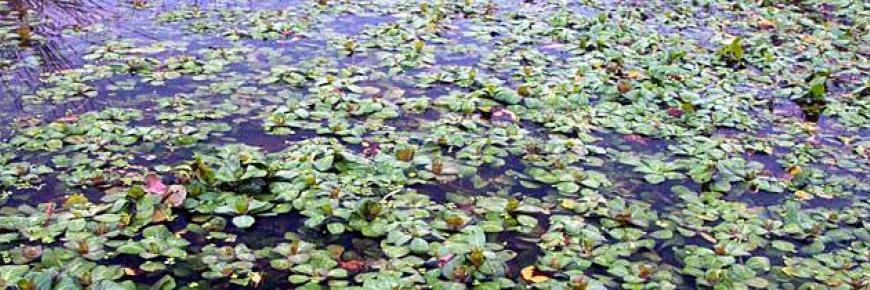RINSE Welcomes Korean Visitors!

The RINSE Project team, based in Norfolk, received an e-mail from a team of scientists in South Korea, keen to find out how the county tackled the eradication of an invasive aquatic rodent – the coypu.
Coypus, (known as ‘nutria’ in Asia) resemble a small beaver but have rounded, not flattened tails and large orange incisor teeth. They cause damage to waterways and flood defences as well as consuming farmland crops and aquatic vegetation.
The Koreans were so impressed with by RINSE that they asked to visit Norfolk to find out more. We organised for the Korean party to visit in March and meet Simon Baker, one of the key players in the eradication of coypu in Norfolk.
Coypu have not been seen in Norfolk, or the UK, since the 1989.
 Originally introduced from South America to farm for their fur in the 1920s, coypu were first documented in the wild in the UK in Sussex in 1932. Prolific breeders and lacking any natural predators, populations of escapee coypu rapidly grew along watercourses. By 1945, there were coypu along 65km of Norfolk’s rivers. Their burrowing activities caused damage to river banks and dyke walls leading to flooding. Reedbeds were damaged, important habitats destroyed and rare plants lost.
Originally introduced from South America to farm for their fur in the 1920s, coypu were first documented in the wild in the UK in Sussex in 1932. Prolific breeders and lacking any natural predators, populations of escapee coypu rapidly grew along watercourses. By 1945, there were coypu along 65km of Norfolk’s rivers. Their burrowing activities caused damage to river banks and dyke walls leading to flooding. Reedbeds were damaged, important habitats destroyed and rare plants lost.
An intensive trapping programme was initiated and completed ahead of schedule. The successful eradication of the species is estimated to have cost approximately £2.5 million.
Thanks to these efforts, the RINSE project which launched in 2011 hasn’t had to deal with coypu in Norfolk, although the species is still a significant problem for RINSE partners in France and the Netherlands.
Images Credits: Coypu, left (GBNNSS); Coypu right (Quartl)

